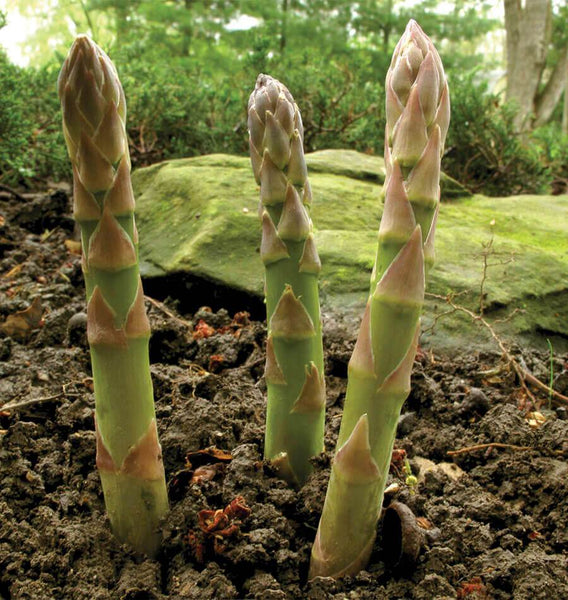As a legume, Micro Clover fixes atmospheric nitrogen in nodes along its roots. This directly benefits grasses by fertilizing the soil naturally. Healthier grasses maintain a richer colour for longer in the season, and require less water and no further fertilizer whatsoever. Because clover grows so densely, it crowds out weeds, and prevents weed seeds from becoming established.
Season & Zone
Exposure: Full sun to partial shade
Zone: Micro Clover is hardy to Zone 3.
Timing
Sow Micro clover seeds between the period two weeks prior to your last frost date, and four weeks prior to your first average frost date.Try to avoid planting during prolonged hot weather.
Starting
Sow rate for raw microclover seeds is approximately 100g for 250 sqft, 200g for 500 sqft, 400g for 1000 sqft. Scatter seeds densely and gently rake them in to a depth no more than 5-10mm (1/8-1/4”). Seed at a higher rate to ensure fuller coverage. Withhold 15-20% of seeds for filling in any bald areas later. Water newly seeded areas regularly until the seedlings take root. Over-seeding existing lawn may not work, as the seeds need to be in contact with moist soil in order to germinate.
Growing
Establishing a “Lawn Solution” lawn may take more than one season. Mow and water as required. Clover goes dormant over winter and re-grows in spring. When Micro Clover is mowed, its leaves grow smaller and more numerous, with fewer flowers than conventional clovers. It can be mowed shorter than typical lawn grasses, and it’s tough enough for child play and pets. It also becomes established faster than grass seeds. Adult chafer beetles are not attracted to legumes, and will go elsewhere to lay their eggs.






















